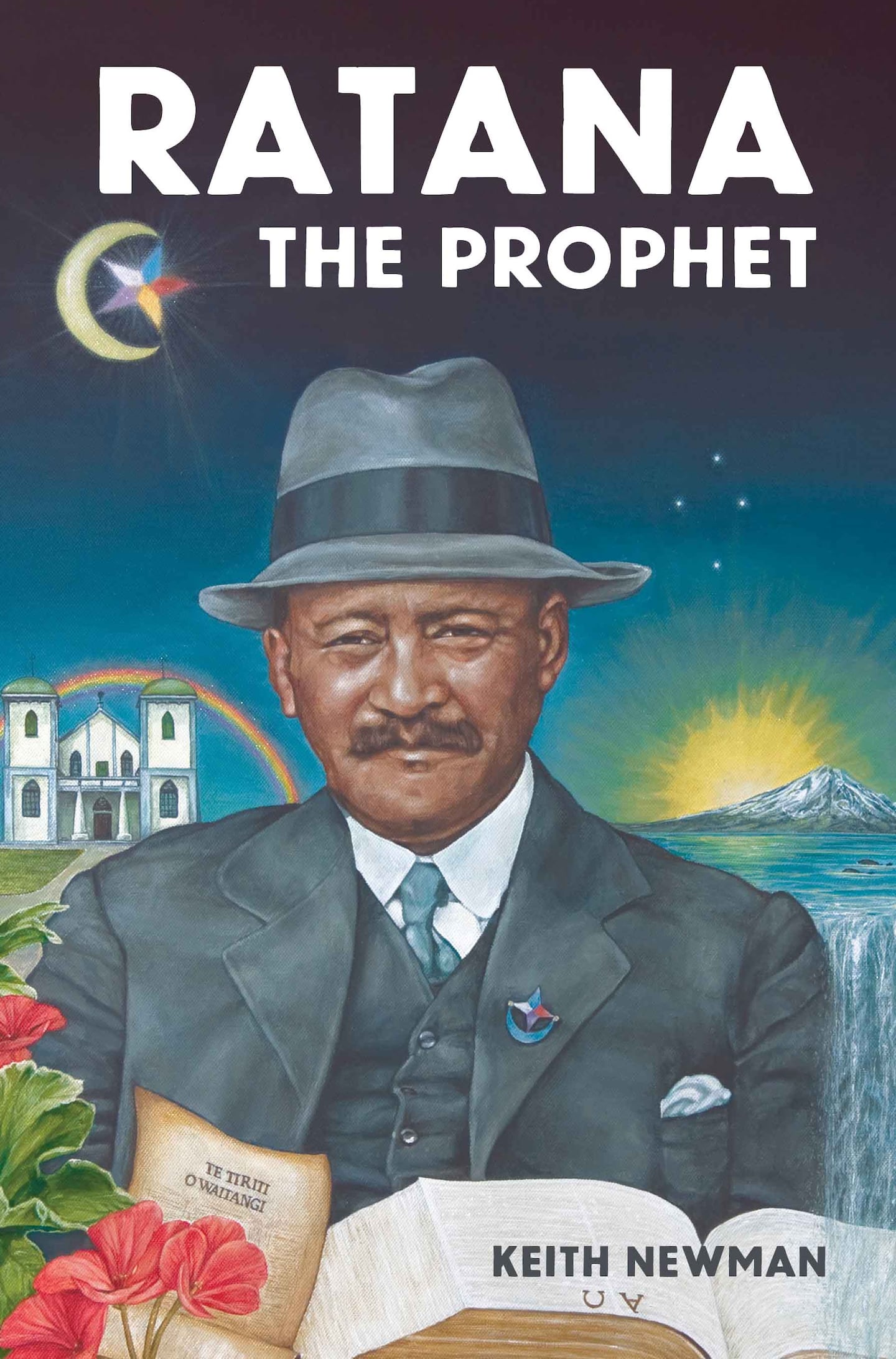The revised edition of the book Ratana: The Prophet will appear on bookshop shelves next week. The book covers the life of Tahupotiki Wiremu Ratana but also includes new material about the church leading up to modern times.
Author Keith Newman says it’s been 100 years since Ratana travelled around the world but his work in bringing the attention of the world to Māori grievances, were now etched on the walls of the United Nations.
“I see here in the Griffith Law review, there is a statement that the political roots of the United Nations Declaration on the Rights of Indigenous People can be traced back to the efforts of both Deskaheh Levi General (an American Indian chief from the Haudenosaunee Confederacy) and T W Ratana. It says, ‘although they were unsuccessful in their advocacy, they’ve provided a pathway for the contemporary global indigenous rights movement,’” he says.
UN on Ratana
The United Nations website mentions the works of TW Ratana and of Deskaheh for bringing into light the poor treatment of Indigenous people in their own land.
The UN website says in the 1920s Deskaheh and Ratana travelled to Geneva to defend the rights of their people to their lands and religious practices at the League of Nations (the precursor of the UN).
“Both were denied permission to speak, a decision that carried on centuries of discrimination and denial of rights to indigenous peoples under international law.”
Newman says listening to elders had been his main objective day and night to completely understand the life of Ratana and what his goals were.
“It was a real privilege to spend time talking to them, as you say, a lot of people who are no longer with us. I was talking to Arahi Hager who is the archivist and did an amazing job gathering all of this history, and said at the original launch, a good percentage of those people are no longer with us.”
Working with Ratana kaumātua
However Newmans says, it was not as if it was an easy journey to publish this book in the first place.
“It was very hard getting information from Ratana elders because they were very suspicious. Ever since 1939 when Ratana passed everything kind of closed down. So it was people like Whetu Tirikātene-Sullivan who really encouraged me. There was some criticism but some of those people who were critical in the end ended up buying copies.”
The revised book discusses events of the modern time, such as the large Māori events in recent months.
According to Newman, the gathering of Māori people nowadays is perhaps one desire Ratana had that had been fulfilled.
“If we think about this Hui ā Motu at the moment that was called by Kīngi Tuheitia, I think that was a fantastic idea. This was what Ratana asked as he went round the country gathering material, ‘are you united yet?’”
The revised edition of Ratana: The Prophet will be available from May 7.



